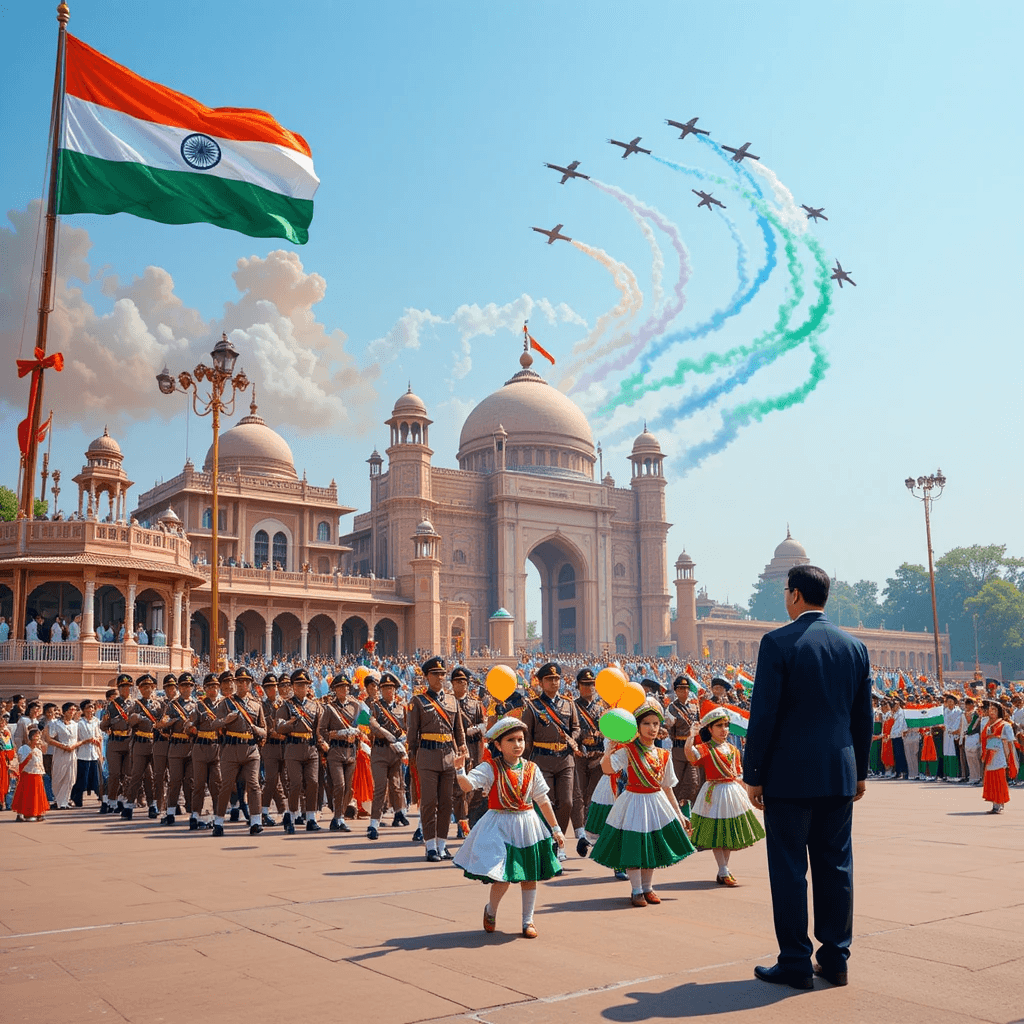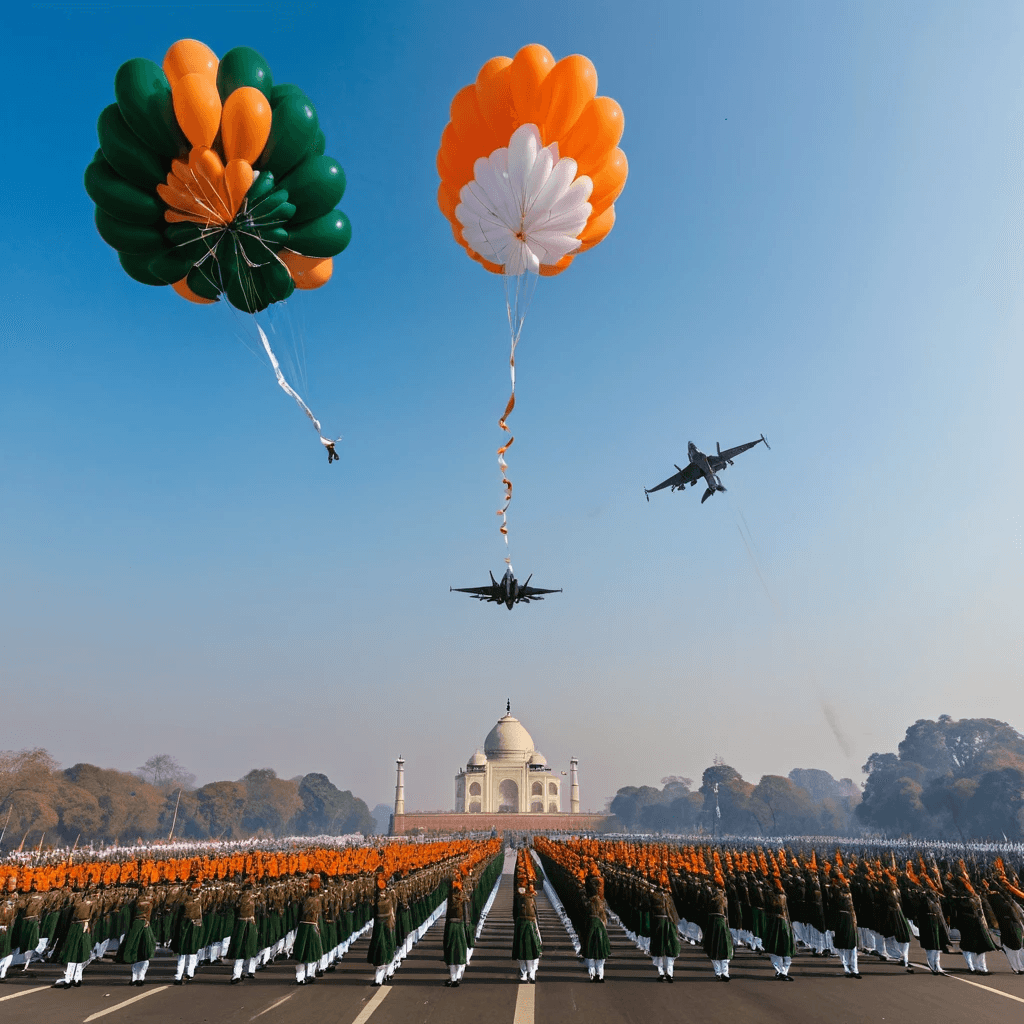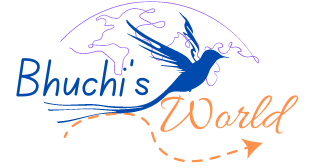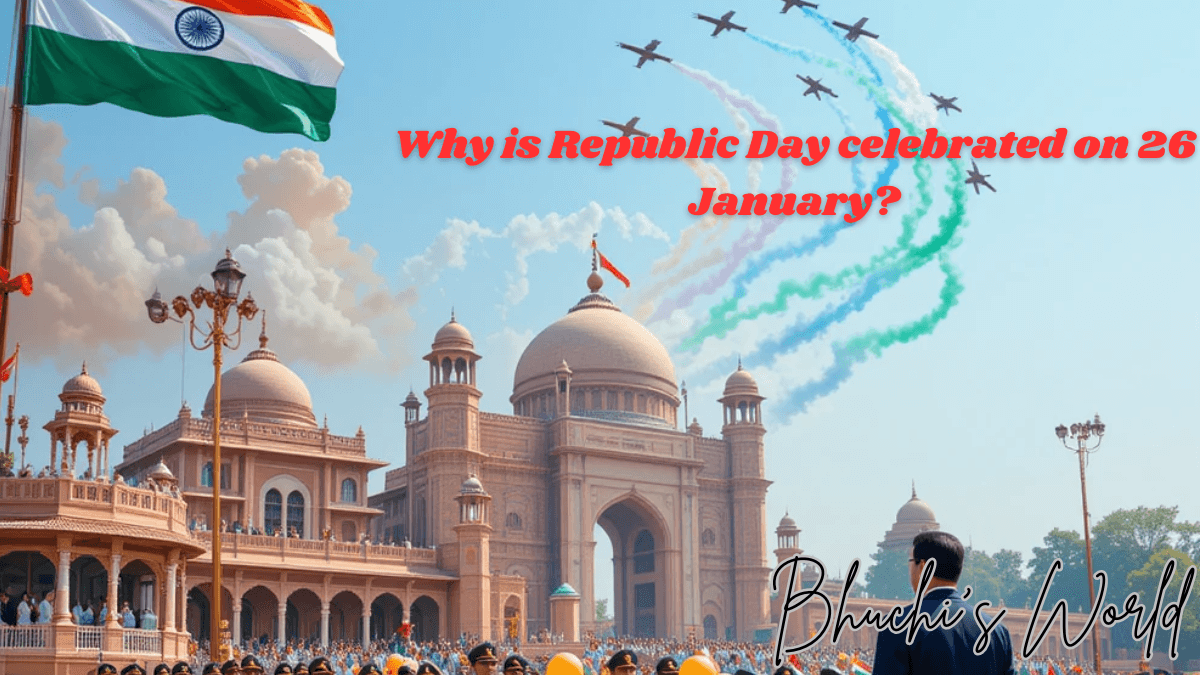Every year, India celebrates Republic Day in India on 26 January with immense patriotic fervor and enthusiasm. It marks the historic day when the Indian Constitution came into effect in 1950, officially transforming India into a sovereign, socialist, secular, and democratic republic. But why was this specific date chosen when India had already gained independence on 15 August 1947?
The answer lies in the freedom struggle and a significant resolution passed in 1929, which made January 26 an unforgettable date in Indian history. This day represents self-governance, democracy, and the people’s power to shape the nation’s future, making Republic Day India a symbol of national pride.
Republic Day India is not just about a grand parade in New Delhi or flag-hoisting ceremonies across the country. It is a reminder of India’s rich history, its struggle for independence, and the sacrifices made by freedom fighters. Let’s delve deeper into the importance of 26 January, the history behind Republic Day India, and how India commemorates this special occasion every year.
Also Read: Why You Have to Travel in India: A Journey of Discovery
Historical Background: Republic Day in India
To understand the significance of 26 January, we must go back in time to the early 20th century, when India was still under British rule.
Before 1950, India was governed by the Government of India Act, 1935, a British law that did not grant full sovereignty to the country. Even after gaining independence on 15 August 1947, India needed its own legal framework and governance system to function as a free nation.
The Constituent Assembly, under the leadership of Dr. B.R. Ambedkar, took on the responsibility of drafting the Indian Constitution, which would define the rights, responsibilities, and laws of the newly independent India. After two years, eleven months, and eighteen days of meticulous work, the final draft was adopted on 26 November 1949. However, it was officially implemented on 26 January 1950—a date chosen for its deep-rooted historical importance.
The Significance of 26 January
One might wonder—why did India not enforce the Constitution immediately in 1949? Why wait until 26 January 1950?
The answer lies in the Lahore Session of the Indian National Congress in 1929, where the Purna Swaraj (Complete Independence) Resolution was passed under the leadership of Jawaharlal Nehru.
On 26 January 1930, Indians across the country observed their first-ever Independence Day, protesting against British rule and vowing to fight for complete freedom. Although India gained actual independence in 1947, the government wanted to honor the historic struggle of 26 January 1930 by making it the official day when India became a fully sovereign republic.
Thus, 26 January 1950 became the day when the Indian Constitution replaced the colonial laws, officially making India a republic.
What Does Being a Republic Mean?
A republic is a form of government where the people elect their leaders rather than being ruled by a monarchy or foreign power. When India became independent in 1947, it still had a Governor-General as its head of state, representing the British Crown.
However, after 26 January 1950, India became a republic with its own elected President as the head of state. The power now rested with the people, ensuring a government for the people, by the people, and of the people.
Republic Day vs. Independence Day
While both 15 August (Independence Day) and 26 January (Republic Day) are national holidays, they commemorate different aspects of India’s freedom journey.

| Aspect | Independence Day (15 August) | Republic Day (26 January) |
| Significance | Marks India’s freedom from British rule | Celebrates the adoption of the Indian Constitution |
| Year of Occurrence | 1947 | 1950 |
| Main Event | Prime Minister’s speech at Red Fort | Grand parade at Rajpath |
| Flag Hoisting | PM hoists the flag | President hoists the flag |
While Independence Day is about celebrating freedom, Republic Day is about celebrating governance, democracy, and the rule of law.
How India Celebrates Republic Day
Republic Day is celebrated with grandeur and enthusiasm across the country. The main event takes place in New Delhi, where a spectacular parade is held at Kartavya Path (formerly Rajpath), featuring:
A Grand Military March-Past
The parade begins with the President of India taking the salute. The Army, Navy, and Air Force march in synchronized formations, showcasing India’s defense capabilities. Gallantry award winners, including Param Vir Chakra and Ashoka Chakra recipients, participate, honoring their bravery. New missiles, tanks, and defense technologies are also displayed.
Tableaux from Different States
Colorful tableaux (jhankis) represent various states and Union Territories, highlighting India’s cultural diversity, historical achievements, and social progress. Traditional dance performances, folk music, and artistic displays make this segment visually stunning.
Daredevil Stunts by the Armed Forces
The Corps of Signals’ Daredevil Team performs gravity-defying motorcycle stunts, including pyramid formations, fire-ring jumps, and zig-zag maneuvers. Their skill and precision symbolize courage, discipline, and national pride.
A Vibrant Air Show
The Indian Air Force (IAF) flypast is one of the most awaited moments. Fighter jets like Sukhoi, Rafale, and Tejas execute breathtaking formations, releasing tricolor smoke trails. The Surya Kiran Aerobatic Team performs loop-the-loops and synchronized aerial maneuvers, mesmerizing the audience.
The President’s Address
The President of India delivers an inspiring speech, emphasizing national unity, democracy, and progress. The ceremony concludes with the Beating Retreat, a grand musical farewell, marking the end of Republic Day celebrations.
This spectacular event is a testament to India’s strength, diversity, and democratic spirit, making 26 January a day of immense national pride. Jai Hind! 🇮🇳
The Republic Day Parade is not just a display of military strength; it is a symbol of national unity, cultural diversity, and India’s progress.
The Role of the Chief Guest
A unique feature of Republic Day celebrations is the invitation of a foreign dignitary as the Chief Guest. This tradition began in 1950, with President Sukarno of Indonesia as the first Chief Guest. Since then, several world leaders, including Barack Obama (USA), Emmanuel Macron (France), and Shinzo Abe (Japan), have attended the event.
Having a Chief Guest signifies India’s diplomatic relations with other nations and highlights India’s global standing.
Beating Retreat Ceremony
The Republic Day celebrations officially conclude on 29 January with the Beating Retreat Ceremony, a grand musical event held at Vijay Chowk, New Delhi.
The ceremony features:
- Military bands playing patriotic tunes
- Traditional Indian music and drum performances
- The lowering of the national flag at sunset
This solemn event marks the end of Republic Day festivities and is a symbol of national pride and discipline.
Republic Day Celebrations Across India

While the main event occurs in New Delhi, Republic Day is celebrated across all Indian states and Union Territories. Governors and Chief Ministers hoist the national flag, and cultural programs take place in schools, colleges, and government offices.
Many schools organize:
- Essay writing and speech competitions
- Patriotic song performances
- Parades and plays based on India’s freedom struggle
It is a day when citizens reflect on their rights and duties, appreciating the freedom and democracy they enjoy.
Interesting Facts About Republic Day
- The Indian Constitution is the longest in the world, with 448 articles in 22 parts.
- The first Republic Day Parade was held at Irwin Stadium (now National Stadium), Delhi.
- Dr. Rajendra Prasad took oath as India’s first President on 26 January 1950.
- The Indian Constitution was handwritten and beautifully calligraphed in Hindi and English.
Republic Day is not just another holiday—it is a reminder of India’s struggle for democracy, the power of its Constitution, and the responsibility of every citizen. 26 January holds a sacred place in India’s history, marking the birth of the largest democracy in the world.As we celebrate this historic day, let us honor the sacrifices of our freedom fighters, uphold the values of democracy, and contribute towards making India a stronger and more prosperous nation.
Discover more from Bhuchi's World
Subscribe to get the latest posts sent to your email.


